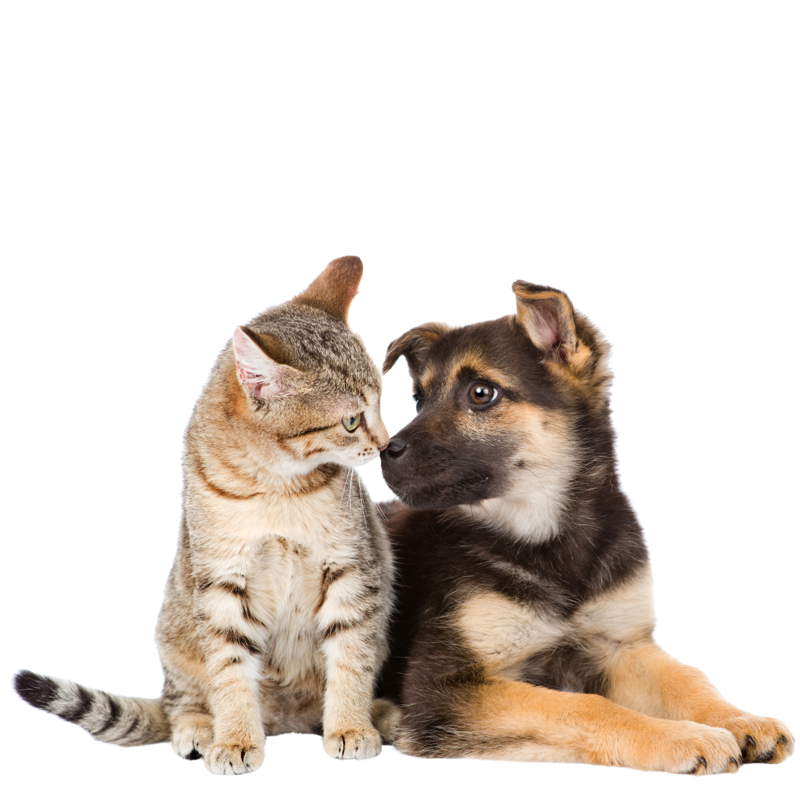We all love our cats and love to snuggle up with them, but no one wants to share parasites with them. Children are especially susceptible to parasites that animals can carry, especially roundworms. Regular fecal exams and routine deworming can help ensure that you can snuggle safely with your beloved cat.
What is a cat fecal parasite screen?
A fecal parasite screen is a test that we run in-clinic using fresh cat poop. This test helps us find out if your cat has an intestinal parasite.
What does a fecal parasite screen reveal?
A fecal parasite screen reveals if your cat has parasites. The common parasites that we look for include roundworms, coccidia, giardia, hookworms, and whipworms. Many of these parasites can be picked up by your cat by ingestion of an infected rodent or feces of an infected cat. There is one parasite that can be more difficult to see in a fecal sample, and it is called tapeworm. They are more often seen on the fur around your cat’s bum, looking similar to sesame seeds. These parasites are not transferred from cat to cat but through a flea or rodent. If you see these on your cat’s fur, we can test them to assess whether it’s from a rodent or flea, which would help us with a better treatment plan for your cat.
How is a fecal parasite screen performed?
There are two different tests that we perform in-clinic. One test is a microscopic test, called a fecal float. With this test, the feces are mixed with a special fecal solution and then strained into a tube. A glass coverslip is placed on top of this tube, and it is then spun down in the centrifuge. This allows parasite eggs to rise to the top. Once it is spun, the coverslip is placed on a glass slide, and it is then assessed under a microscope. The second test we can perform is for giardia. With this test, a small amount of feces is mixed with a sensitive, specific fecal ELISA solution and several drops are placed on a device called a snap test. Once the analysis is complete, it gives us a positive or negative for giardia.
What is the best method for collecting my cat’s stool?
The best way to collect your cat’s stool sample is to scoop it out of your cat’s litter box simply. A fresher sample is better (within 24 hours).
How much does a cat stool test cost?
The cost of a cat stool test varies on what test or tests need to be run. The common tests we run are a fecal float and a giardia test. We do our best to advise you on the best testing for your cat’s individual needs.
Does your clinic perform urinalysis?
Yes. Urine can be difficult to collect from a cat. Some people have found just using clean empty litter box works, others use a non-absorbent product, such as Kit4Cat or NoSorb (for cats that need something to dig in the litterbox), while others require a cystocentesis (a sterile procedure done in-clinic to collect urine). Urine is best run as fresh as possible and no more than 2 hours old.




